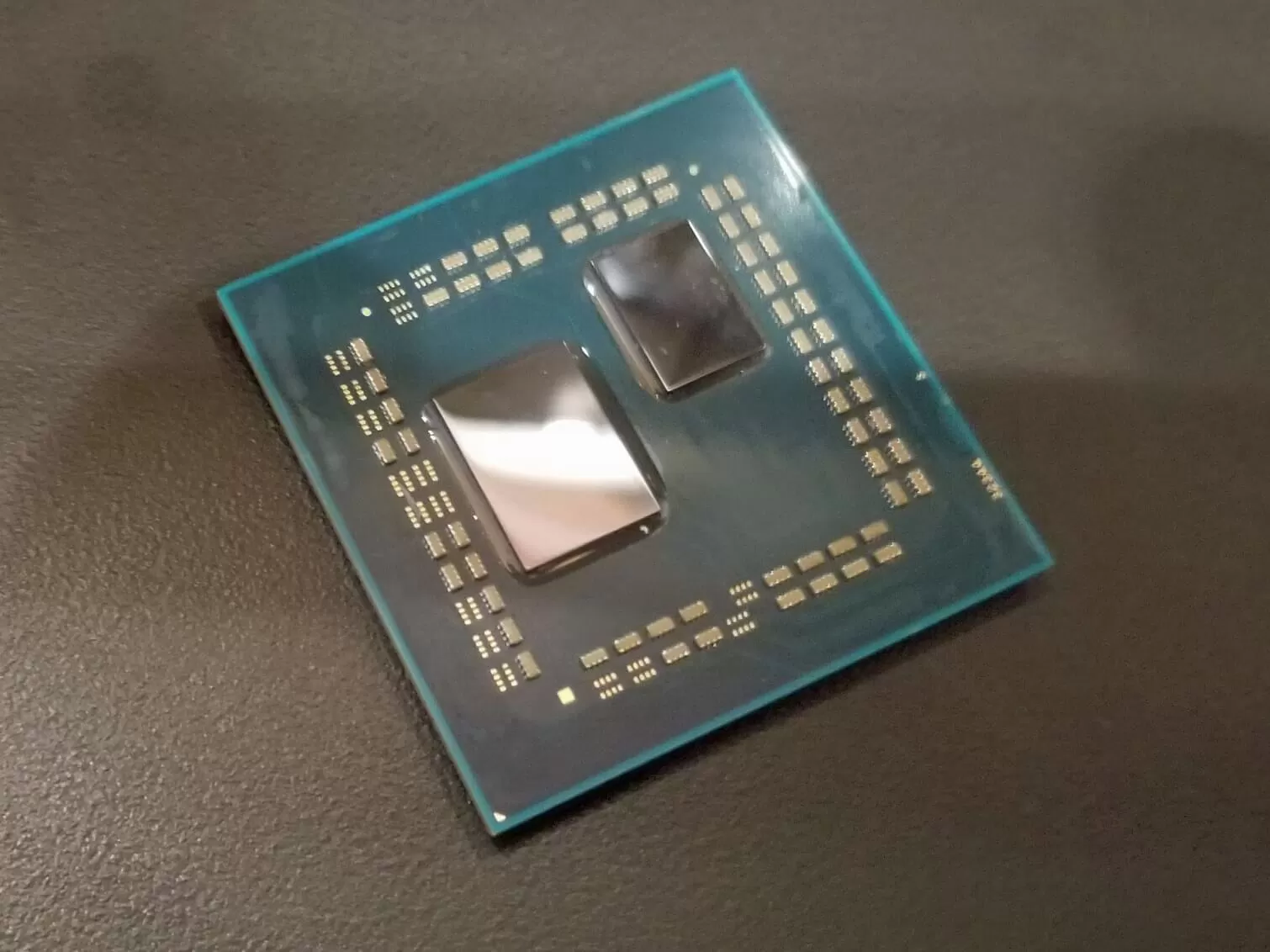The big picture: AMD CEO Lisa Su had the audience captivated at CES this year when she showed off an eight core third-gen Ryzen part. But the audience wasn't interested in the eight cores, they were interested in the empty space next to them, where another eight could bring the total to 16.
When asked about the spare space, Su said to PC Gamer, "I think you might expect that we will have more than eight cores. I didn't say how many more." At least 12 seems to be the answer, given the AMD 12-core processor spotted in Userbenchmark's database by APISAK this week.
The entry reveals that the processor is a 12-core, 24-thread part that sustained an average of 3.6 Ghz during the benchmark run. Most importantly, the chip's Ordering Part Number (OPN) reveals that it is destined to join the Ryzen lineup.
OPN is a code used by manufacturers to classify their processors, and while the exact meanings of each letter or number aren't always known, a general gist isn't hard to grasp. Userbenchmark lists the OPN as 2D3212BGMCWH2_37/34_N.
As with past generations of processors, the "2" signifies this is the second successful prototype. "D" stands for desktop. In released chips the next number stands for generation, which is what the "3" could mean, or the number in whole could signify the base clock is 3.212 GHz as has occasionally happened in the past. It could also signify the configuration of the chip: 3-cores doubled in a single die, of which there are two.

Moving on, the "B" is only found in Ryzen parts, denoting that this chip will be mainstream. "G" signifies a 105W TDP, same as the current 2700X. Only AM4 processors have an "M." As with past releases the "C" is for 12-core, though Userbenchmark confirmed this separately.
The "W" represents how much cache the processor has, though it seems to use an amount that Ryzen processors haven't reached before because we don't know what it is. However, Userbenchmark tests the latency of the cache from 1MB to 128MB, and judging from a spike at 32MB, it's at least that much.
While AMD's current 12-core, the Threadripper 2920X, has 32MB of cache, that probably isn't the case here. Analyzing the shape of the latency curve shows that it's much more similar to the EPYC 7551, which has 64MB of cache. It probably spikes at 32MB because that's how much each die has.
The "H2" at the end apparently denotes Matisse, AMD's codename for Zen 2, according to Reddit, though that can't be verified. The "34" represents a 3.4Ghz base clock, and the "37" represents a 3.7Ghz boost clock. Being an engineering sample, however, those are very unlikely to be the final speeds. Lastly, no one has any clue what the "N" at the end means.
Moving on to the actual benchmarking, the results are somewhat disappointing. In the table below, the percentage is the engineering sample compared to the average result of five 2700Xs that also averaged a 3.6 Ghz clock speed. Higher is better.
| Integer | Floating | Mixed | |
| Single-Core | 89% | 103% | 96% |
| Quad-Core | 79% | 79% | 80% |
| Multi-Core | 117% | 148% | 149% |
As you can see, in the single-core and quad-core results the engineering sample is mostly slower than the 2700X, which indicates that it hasn't improved on the IPC front from the last generation.
The engineering sample does much better in the multi-core results, where its 50% extra cores nets it nearly exactly 50% better performance in some workloads. This is impressive and shows that it will be great in professional situations, if not for gaming.
So how can a next-generation part perform worse than or equal to current parts? Possibly by bottlenecking the processor with disappointing RAM. Userbenchmark detected a 4GB stick (with 6.1GB free somehow) running at 1333Mhz, though it is possible it was running at 2666Mhz. Either way, it benchmarked it with just 25.3 GB/s bandwidth, which is 20%+ less than Ryzen needs.
The honest answer, though, is that this is simply an engineering sample benchmarked in unknown circumstances in what is only a mediocre benchmarking tool anyway. When AMD benchmarked their 8-core processor live at CES on Cinebench it was able to match the 9900K, which shows it is either very fast or has very high IPC.
What this leak does tell us is that AMD is developing mainstream Ryzen processors with two 8-core dies, and that means they will almost certainly release 12-core and 16-core Ryzen processors sometime in the not-too-distant future.
